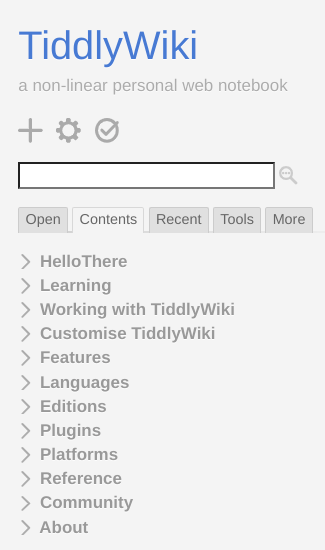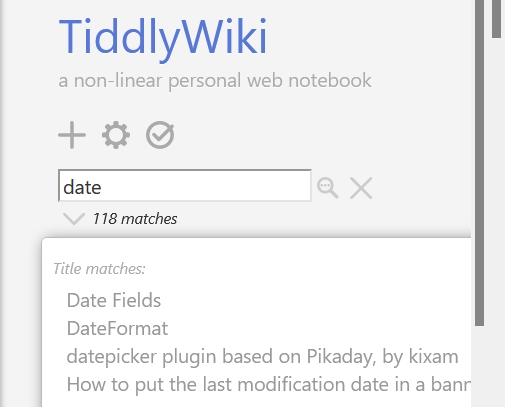This is in response to Getting Tiddler field isn't working - #6 by twMat
Pretend you’re brand-new to TiddlyWiki and not the TWizard that you are now. Perhaps all you know is general wiki stuff, like from Wikipedia where you learned about CamelCase and some basic markdown.
If you’re searching for something like, get date from other tiddler, the search results are, frankly, discouraging. I excel at modifying search criteria to try to find a solution, but between Talk and the TW site, I was not having much luck. I eventually found that format operator page and there is no clue at all that I need to be incorporating this operator inside any other syntax structure. That information is simply not present in any way, shape, or form.
Worse yet, we’re talking about a wiki, the end-all and be-all of hyperlinking and cross-referencing information between various and disparate articles of information. But, there were no hyperlinks that might clue me in on the outer syntactical usages.
I learned years ago the value of “know your audience.” The audience for much of the TW site seems to be the intermediate to advanced user. It’s a big stumbling block for a reasonably technical user like me. By now, I could be doing so much more with TW than I am now.
Having said all that, I must share a mea culpa. I know of Grok TiddlyWiki, but I have been remiss in reading it. I keep thinking I can find the answer on TiddlyWiki.com and keep forgetting to use that third-party site.





 )
)